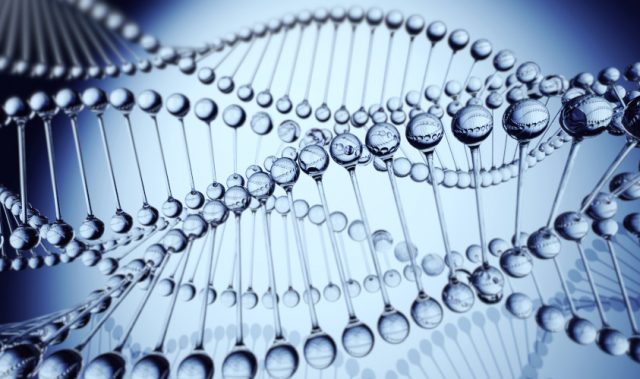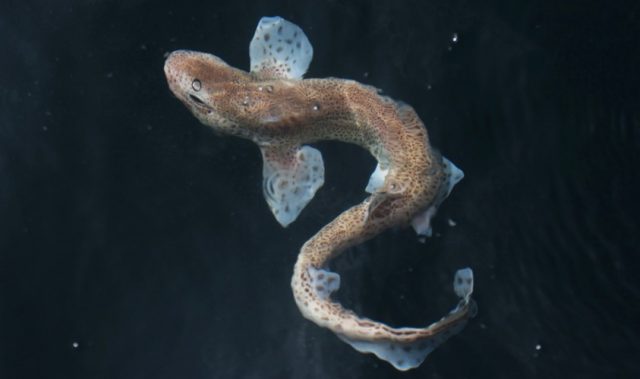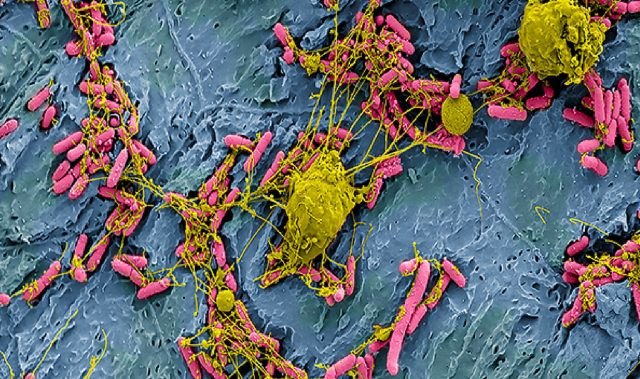
AsianScientist (Dec. 10, 2018) – In a study published in Chemistry Select, researchers report that table salt could be an essential starting ‘ingredient’ for life on Earth.
One of the most fundamental unexplained questions in modern science is how life began. Scientists generally believe that simple molecules present in early planetary environments were converted to more complex ones with input of energy from the environment, and this eventually led to the first living organism.
One important source of energy in planetary environments is high-energy radiation, which has various sources, including radioactive decay of naturally occurring chemical elements such as uranium and potassium. In this study, researchers led by Dr. Yi Ruiqin and Dr. Albert Fahrenbach at the Tokyo Institute of Technology, Japan, showed that gamma rays acting on simple compounds in the presence of table salt, or sodium chloride, could give rise to biological polymers such as ribonucleic acids.
When chemists conduct reactions in water, it is highly likely at least some sodium chloride is present, although most of the time, the chloride sits idly by as a ‘spectator.’ The researchers discovered, however, that ionizing radiation can cause chloride to lose an electron and become what is known as a radical. As the name suggests, the chloride is then no longer so mild-mannered; it becomes much more chemically reactive. Once the chloride is activated by gamma radiation, it is free to help construct other high-energy compounds which finally result in the formation of complex RNA molecules.
Nonetheless, the researchers have yet to generate RNA using their method. In the future, they seek to better understand how other ‘ingredients’ in a primordial pool could synergize or interfere with the salt-dependent, RNA-forming chemical reactions identified in this study.
The article can be found at: Yi et al. (2018) Radiolytic Synthesis of Cyanogen Chloride, Cyanamide and Simple Sugar Precursors.
———
Source: Tokyo Institute of Technology; Photo: Shutterstock.
Disclaimer: This article does not necessarily reflect the views of AsianScientist or its staff.












